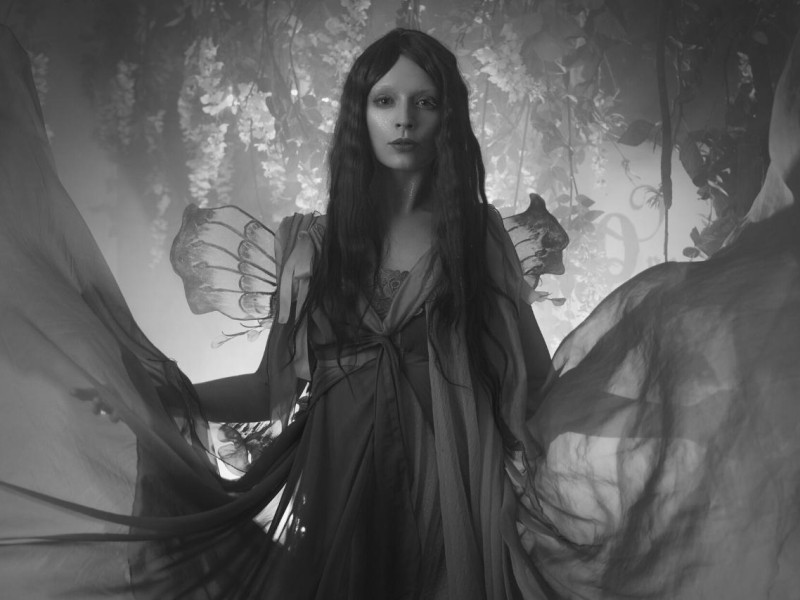Leprechaun
Of all the fairies people have heard of, the one that most people today are familiar with is the leprechaun. However, the leprechaun statuettes that we see in people's gardens are seriously misrepresented.
In Irish folklore, the leprechaun was one of the best known male solitary fairies. They had a lot in common with two other male solitary fairies - cluricaune and far darrig. Like these other two fairies, they were mischievous and known for playing practical jokes upon mortals.
The leprachaun could be spelt lepracaun. In Irish, it is leith bhrogan or leith phrogan.
They dressed in homely style clothes that looked very ordinary compared to other solitary fairies. The leprechaun was a tiny male figure with an old, withered face. He was the shoemaker. Yeats says that he was one-shoemaker, because he was only seen making a single shoe.
They also had hidden many treasure-crocks.
Most of the tales about leprechaun can be found in Thomas Crofton Croker's Fairy Legends and Traditions and Lady Wilde's Ancient Legends, Mystic Charms, and Superstitions of Ireland.
Related Information
Name
leprechaun, leprecaun.
Culture
Irish.
Type
solitary.
Sources
Fairy and Folk Tales of the Irish Peasantry (1888) was written and edited by William Butler Yeats.
Fairy Legends and Traditions (1825) was written by Thomas Crofton Croker.
Ancient Legends, Mystic Charms, and Superstitions of Ireland (1887) was written by Lady Francesca Speranza Wilde.
By Jimmy Joe



